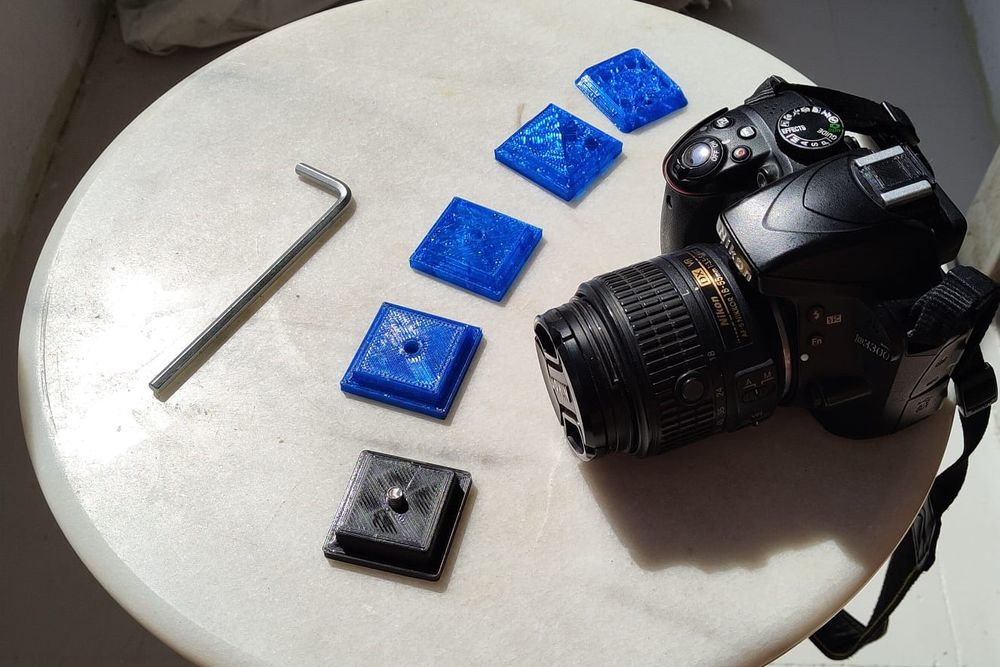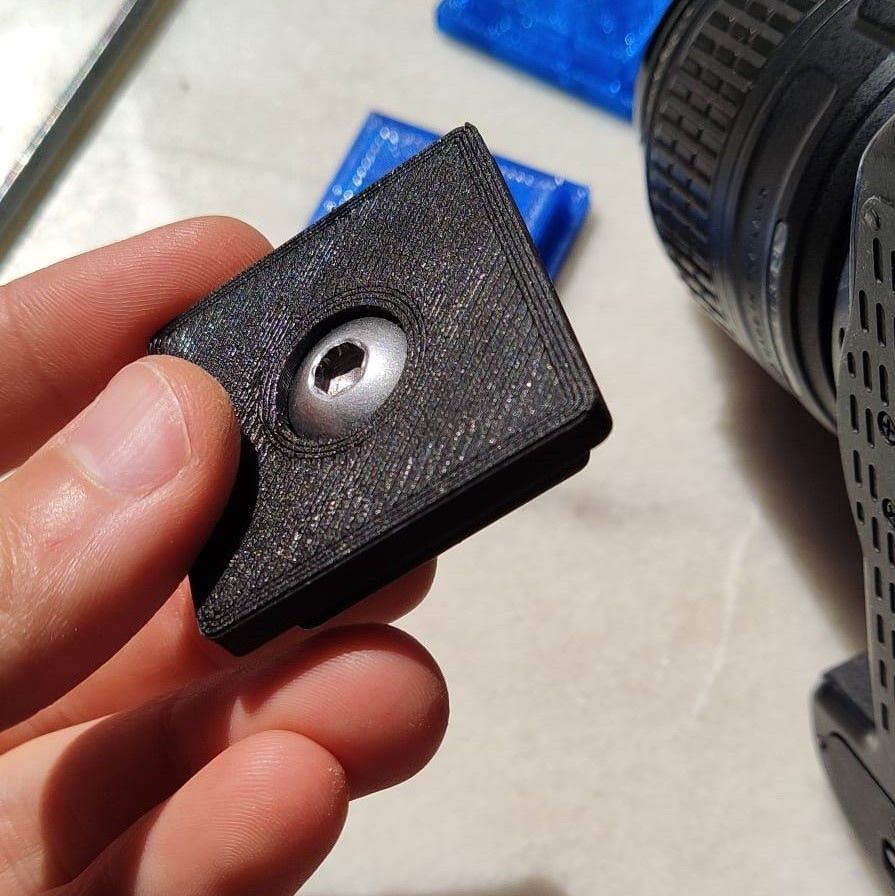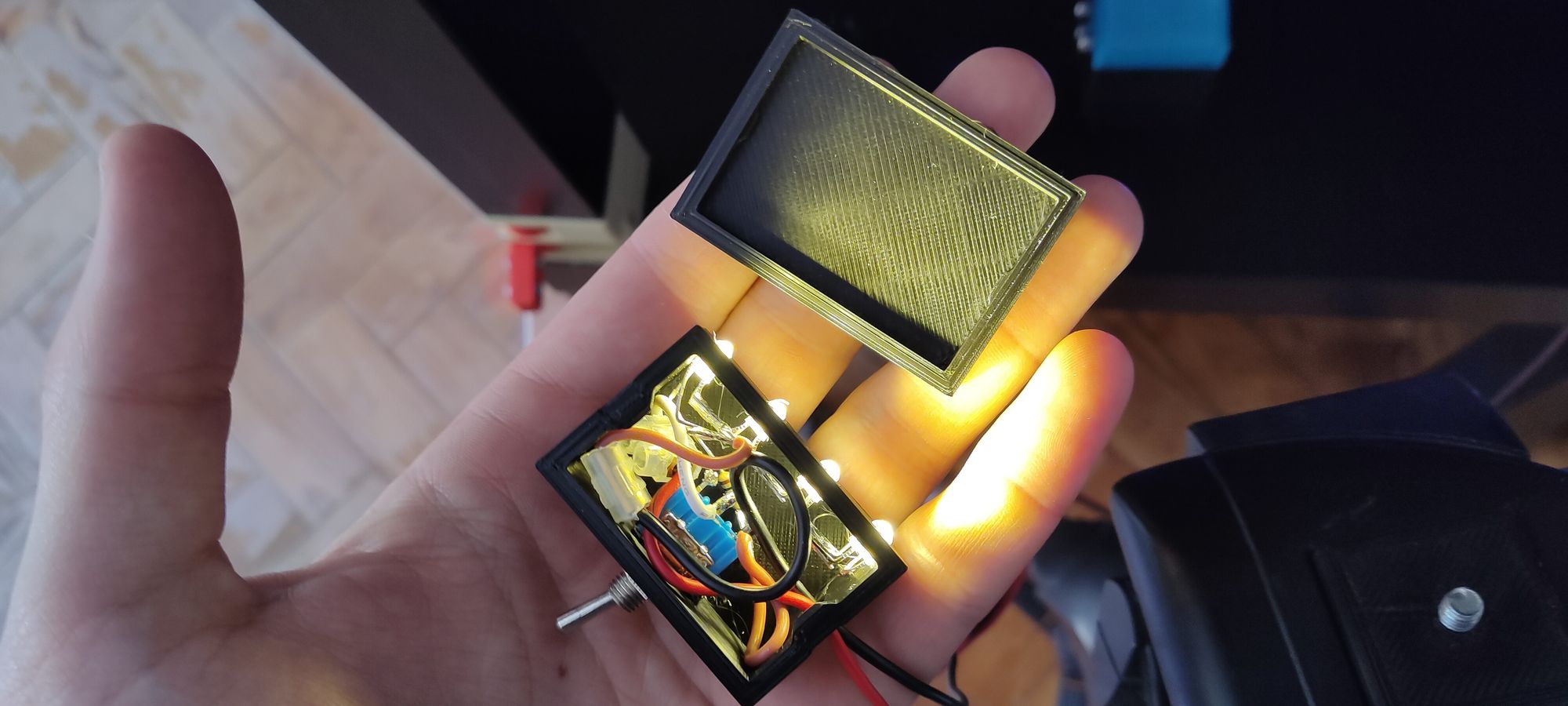Imagine being super excited for one thing only to realize a tiny missing part is preventing you from doing it.
That was precisely what happened to me yesterday.
I love photography.
While I was always curious about it, it was only when I moved to Singapore in 2015 that I had enough disposable income to buy myself a digital camera. I was super happy about this, and since then, photography has been one of my most relaxing hobbies. My camera has been with me in the most various places, from the financial districts in London to the Sahara desert, in Morroco. I will never forget the day I went out walking in Rome with nothing but the camera. No map, no plan, just pure visual capture of what was in front of me. But I digress.
Yesterday, while working with Miguel Cabrita, we had the need to use my camera. Because I have such good memories of using it, I was happy to have one more excuse to take it out!
This happiness didn’t last much though, as soon as I take the camera out of my bag, I realize I’m missing the quick-release plate that is used together with the tripod. F**k.
Photography gear can be expensive, but worst of all, I didn’t know if there was a standard size for these plates (there doesn’t seem to be one), and if it was, how much time it would take to get my hands on it.
Edit: Turns out my brother borrowed the plate, which now I have back. I’ll probably keep it as a spare!
3D Printing is an incredible tool
Now I have a 3D printer at home. It’s a cheap Creality Ender 3 Pro with various mods, I’ve added over the years. Similar to the camera, its cheap price and technical characteristics were never the limiting factors of what could be done with them. I was. And still am.
Most time people ask me why I would have a 3D printer at home. They either don’t understand what it is, or if they do, typically, they assume a 3D printer is something that is used once or twice (much like some people use a camera), and that most of the prints are just gimmicks or novelty gifts. Generally, they are not wrong.
However, in the hands of someone motivated, either of these can be super helpful tools.
My process
My favorite way to use a 3D printer is to solve a problem. Without a physical problem to fix, a 3D printer is pretty useless to me.
This is my general approach:
- Define the problem (be specific);
- If the problem has a quick fix (glue, retail products, etc), stop and use the quick fix. If it doesn’t, continue;
- Draw some sketches of the design of the part(s) necessary (get inspiration from existing objects if possible);
- Model a simple prototype;
- Print the prototype to get a rough idea of the object and how it “fits” in the real world;
- Iterate through modeling better and better prototypes;
- Stop once the problem is fixed (not once the model is perfect).
And that’s what I did!
Once I had a problem: “I need my camera to be attached to the tripod, but my camera missing its tripod quick release plate”, next step was to get the calipers out and take some measurements. I enjoy this process, even though, I’m not very good at it.
After that, get on your favorite modeling software and start shaping it!
There’s something special about modeling a 3D object on a computer and minutes later having it in your hand.

Final version
After many iterations, this is the final product.
It fits perfectly into the tripod, and, even though it raised 5mm more than the surface of the tripod, this was made so it would accommodate the M5 screw that I had laying around and that would fit the camera threads ;).
If one day I get my hands on a smaller M5 screw, I might edit the piece, but that’s very unlikely!

3D printers can be an amazing tool, and I believe that if this technology was mature and democratized, it could have helped prevent many of the supply chain issues we faced during and after COVID.
Anyone, hope you enjoyed it, see you next time!
